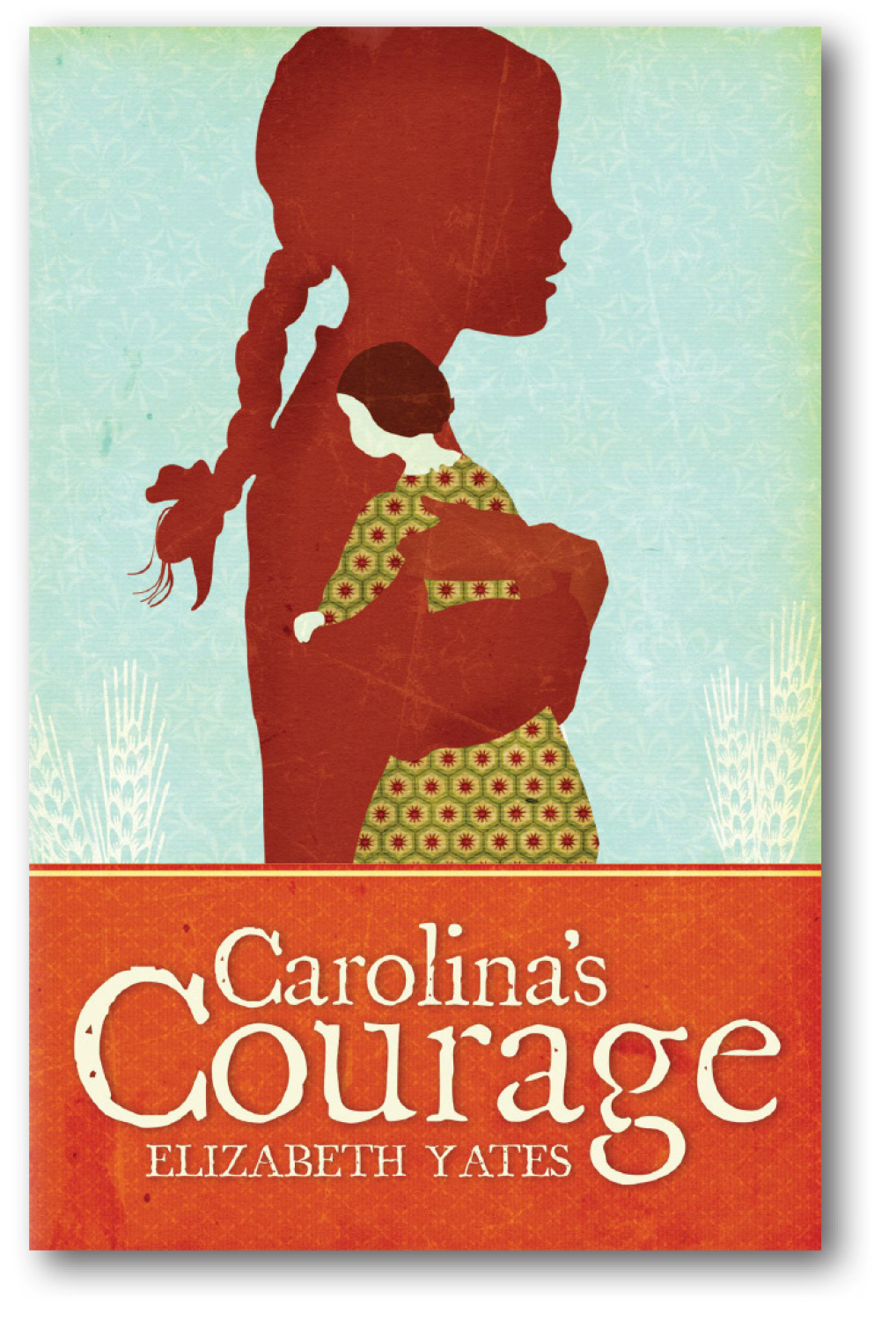
Author Elizabeth Yates was born in 1905. Her historical fiction comes alive through the use of her word choice. Carolina’s Courage is a poignant story, one that communicates the pioneer spirit, courage, and perseverance needed by families with vision. This story will not be forgotten after the last word is read.
Carolina’s father traded for what his family needed. Create a trading game in your family, perhaps one stuffed animal for three small cars or four blocks for five balls.
The family waited for April to come and the roads to dry before leaving on their journey. Discuss why they waited to leave. Learn the months and seasons of the year.
One century is 100 years. Count by hundreds from one hundred to one thousand. Write the numbers on a white board or piece of paper. Discuss what years are included in the nineteenth century. Write those numbers.
Chapter 2 is titled Stout Hearts. In that chapter, John knows the trek to Nebraska and the settlement of the land will be hard. He takes Annah’s right hand and says, “It will call for stout hearts. Are you willing to go?” The word stout means courage, brave, sturdy, determined. Talk about the ways the Putnam family needed to be courageous. In what instances has your family or a family member needed to make a courageous decision or have courage to move forward on a plan?
As the Putnam family traveled, sometimes they did not know how long it would be until they could refill water or find other provisions, such as in Chapter 4. They had to be wise about how much they carried. Talk about times when your family has had to trust that God would provide for needs. Read and discuss Matthew 6:26-34.
In Chapter 5, Carolina meets an Indian girl around her age. After reading this chapter, talk about how Carolina felt about the meeting and the trading of her doll. What feelings might Carolina have felt? Ask your child how he or she would have felt in that situation.
In Chapter 6, Pa and Carolina talk about how trading Lyddy likely provided the Putnam family safe passage. This may be a difficult chapter for children to understand. Talk about how hard this trade was for Carolina and how other children might have felt in this situation. How might Safe-Conduct be an analogy for Jesus dying on the cross for sin so that we could live eternally with God, the Father?
Elizabeth Yates brought real stories of courage and perseverance to life for young people. Another book your family might enjoy is Amos Fortune, Free Man (1950; reprinted, Puffin Books, 1989). It tells the story of an African prince brought to America and sold in Massachusetts. The book won the prestigious Newbery Medal and is suitable for late elementary or middle school readers.
Please note, in Chapter 4 the Putnam family comes across a woman leading her wagon and children. She tells John Putnam that her family was attacked by Indians and her husband was shot through the heart. Though this was a danger pioneers faced, it should be made clear that not all Native Americans meant harm. Parents may want to pre-read pioneer books so scenes like this can be skipped or explained ahead of time as to be discerning of a child’s ability to comprehend these parts of history. Some families may decide this book, and others like it, are best reserved for later elementary years.
